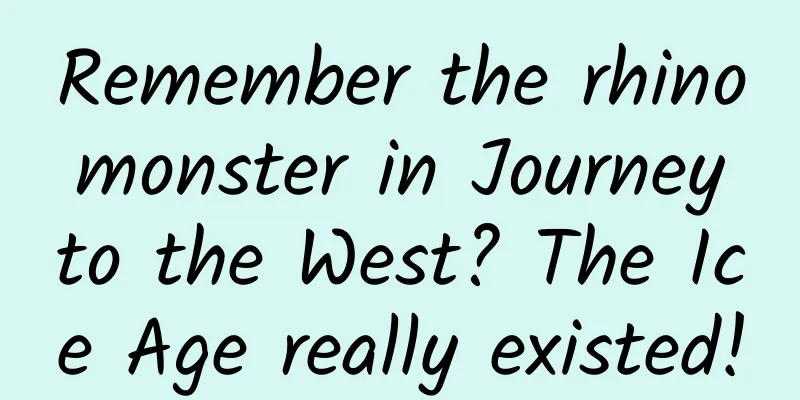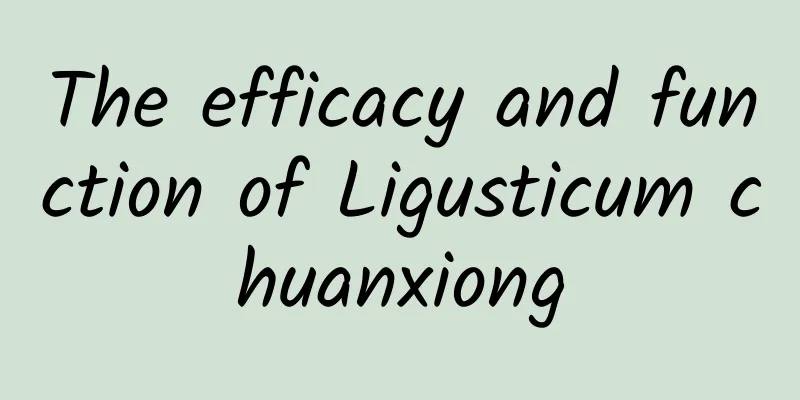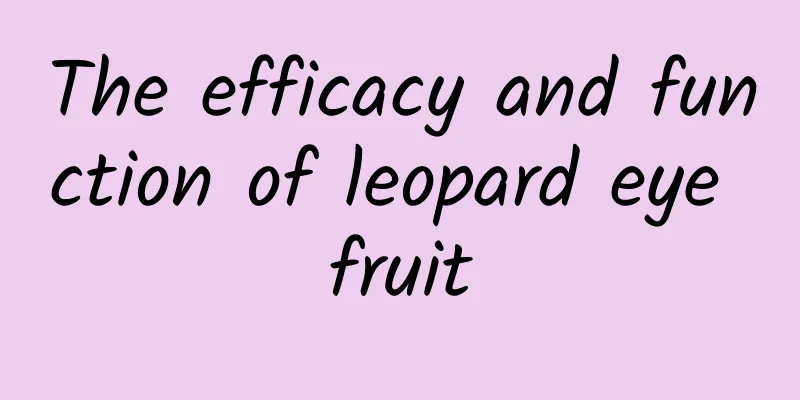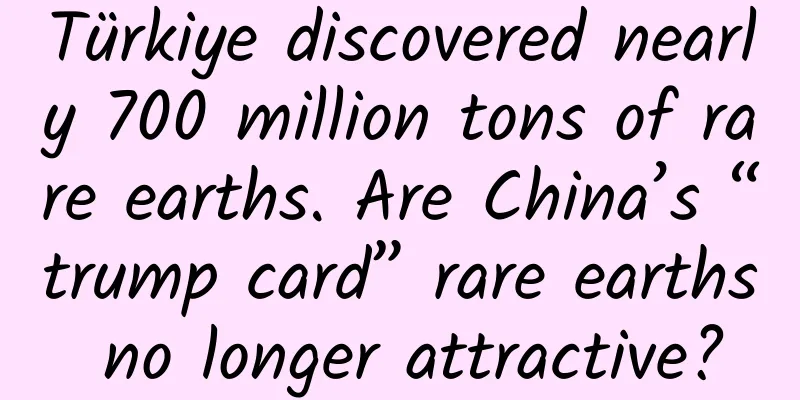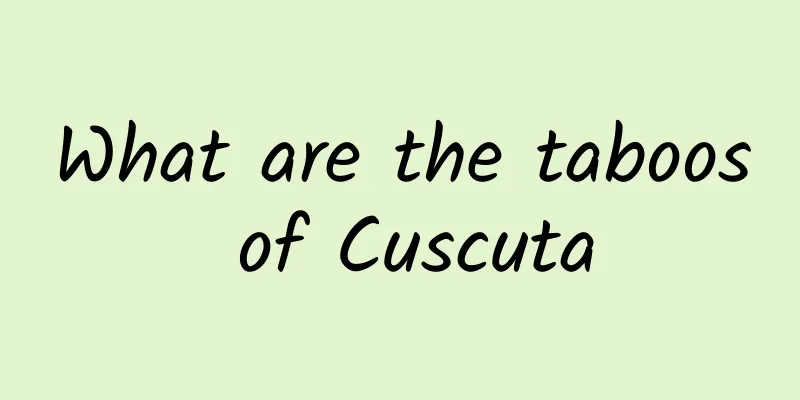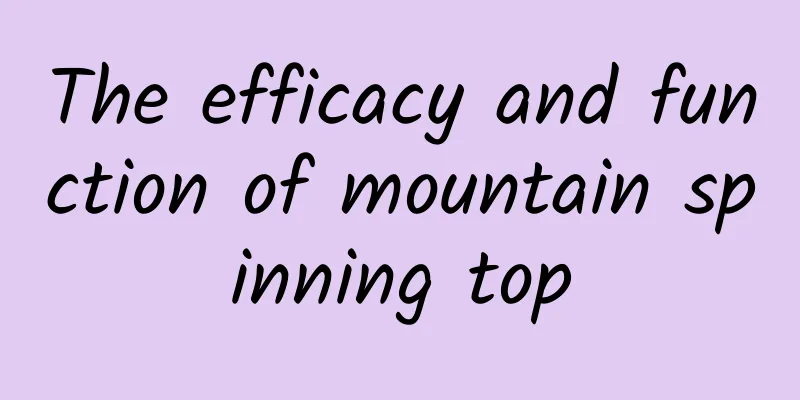Drugs produced in the human body
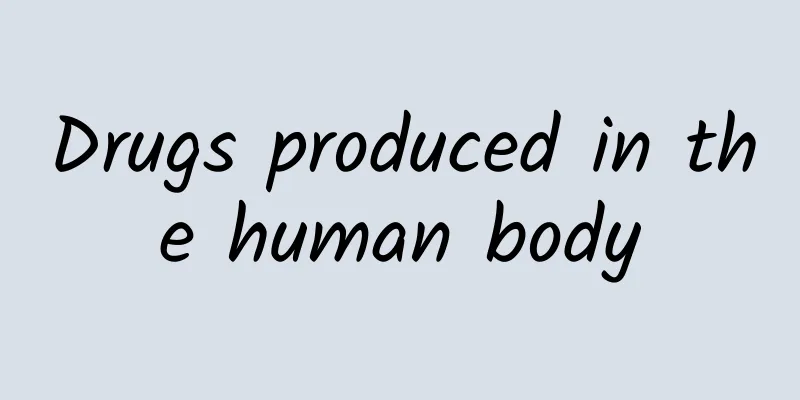
|
Placenta is the medical name for the afterbirth and placenta during childbirth. Placenta has powerful tonic effects. Unlike the vast majority of plant and mineral medicines in traditional Chinese medicine, placenta is produced from the human body. As a medicine, it is of course very close to the human body. As the saying goes, you are what you eat. We know that the fetus receives nutrition from the mother through the placenta, which is the innate essence. In this way, the tonic effect of placenta is relatively prominent. Li Shizhen's "Compendium of Materia Medica" records: "When a child is in the womb, the umbilical cord is connected to the mother, and the fetus is connected to the mother's spine. It is protected by the mother and is formed by the combination of the father's sperm and the mother's blood. Although it has an acquired shape, it actually has innate energy, which is obviously incomparable to other things such as metal, stone, and plants. Its nourishing effect is extremely important. If taken for a long time, the hearing and eyes will be sharp, the hair and beard will be black, and it will prolong life." Since ancient times, Chinese people have regarded "placenta" as a top-grade tonic. It can fundamentally treat and regulate the physiological functions of various organs in the human body, activate aging cells and cell regeneration functions in the human body, and restore the physiological functions of various parts of the body to the state of several years or even decades ago, making people energetic and youthful. According to historical records, the first person in Chinese history to use human placenta as a health-care product was Qin Shi Huang, who unified China 2,200 years ago. In 219 BC, the 40-year-old Qin Shi Huang traveled eastward along the Bohai Bay, inspecting the sea borders of Kyoto in search of the elixir of life. After searching all over the world for the prescription for immortality, it turned out to be the placenta. Qin Shi Huang promoted it as an elixir of life. Since then, placenta has been regarded as the best health product for the royal family. According to private legends by imperial physicians in the Qing court, Empress Dowager Cixi began to consume the placenta of her first-born male baby for many years after middle age to maintain her beauty. In the portrait of Cixi painted by American female painter Carl, although Cixi was over 50 years old, she had a charming face and charming charm, just like a middle-aged noble lady. The role of the placenta in her health and beauty regimen is evident. Not only in China, but also in the West, there is a history of taking placenta in the royal court. In the 18th century, the wife of Louis XVI of France and the legendary beauty Marie-Édouard both took human placenta. Drug collection Collect fresh placentas from healthy mothers, rinse them in clean water, remove the fascia and puncture the blood vessels around the umbilical cord to squeeze out the blood, rinse repeatedly several times, and gently rub until it is clean. Then use a thin wire ring to tighten it inside, sew it up with thread around the edges, put it in a pot of boiling water and cook until the placenta floats, take it out, cut off the amniotic membrane on the edge, and then bake it on a smokeless coal fire until bubbles appear and the texture is crispy and loose. Drug preparation Take the placenta and soak it in plenty of cold water for about 3 hours, then change the water and wash it 3 times to remove all dirt. Take some peppercorns and put them into a sewn white cloth bag, tie it up, put it into the pot and boil it, then place the placenta in the peppercorn soup and add it in batches. Boil for about 2 to 3 minutes, take out in time, put it in a basin, add rice wine and mix well, put it in a steamer and steam for about half an hour, take it out and dry it in the sun or oven (for every 100 placentas, use 4 taels of pepper and 3 jin of rice wine). Ziheche is the traditional Chinese medicine name for human placenta, which is called afterbirth or fetal membrane in traditional Chinese medicine. Both fresh and dried placenta can be used as medicine. Each placenta weighs about 30 to 60 grams, has a hard and crisp texture and a fishy smell. The ones that are neat, purple-red and clean are preferred. The placenta is neither plant nor metal or stone, and there is no purple river in the world. Why is it named "purple river placenta"? In fact, the origin of this name is full of mythology. According to the Compendium of Materia Medica, "before the heaven and the earth, the ancestor of yin and yang, the beginning of heaven and earth, the embryo is about to appear, and when the number of ninety-nine is enough, the fetus will ride on it." It travels in the Western Paradise of Buddhism, the fairy mountains of the South China Sea, drifts in the fairyland of Penglai, and the Milky Way, so it is called the river cart. It is red when it is born from the mother's body, and turns purple after a while. Therefore, it is called "placenta" when used as medicine. Traditional Chinese medicine believes that the placenta is sweet, salty, and warm in nature, and enters the lung, heart, and kidney meridians. It has the functions of nourishing the kidneys and essence, replenishing qi and nourishing blood. "Bencao Shiyi" says that it "is used to treat weak qi and blood, overwork in women, dark complexion and skin, and those with abdominal diseases that cause gradual weight loss." Modern medical research believes that the placenta contains protein, sugar, calcium, vitamins, immune factors, female hormones, progesterone, steroid hormones, gonadotropin, adrenocorticotropic hormone, etc., which can promote the development of the breast, uterus, vagina, and testicles, and also have a promoting effect on the thyroid gland. It is clinically used to treat uterine hypoplasia, uterine atrophy, uterine myositis, functional amenorrhea, uterine bleeding, and milk deficiency, etc., and has significant therapeutic effects. It is also effective for tuberculosis, bronchial asthma, anemia, etc. Grinding it into powder for oral administration or enema can prevent measles or alleviate symptoms. It also has a certain therapeutic effect on ascites caused by portal vein cirrhosis and ascites caused by advanced schistosomiasis. Placenta is particularly important for nourishing and restoring women. Placenta comes from the uterus and can have a good effect on some diseases of the female uterus. At the same time, placenta is a product of the pregnancy of the fetus, so it has a certain effect in treating the symptoms of female uterine cold and infertility. According to clinical experience, many patients who use placenta to treat infertility have conceived children as they wished. Now, we understand that placenta is a good Chinese medicine, and we are also amazed at the exquisiteness of Chinese medicine theory. |
<<: Introduction to Artemisia capillaris red date tea
>>: Delicious medicinal food, different ways to cook wolfberry leaves
Recommend
The efficacy and function of false bitter melon
False bitter melon is a traditional Chinese medic...
Tea Science | Using the past to guide the present, how can we use tea to relieve the discomfort caused by a cold?
Recently, with the temperature fluctuating, many ...
Is the trans fatty acid content of milk tea off the charts? Drinking too much will turn your blood milky white? The truth is this →
Hot summer A cup of iced milk tea It is a source ...
Zhejiang's Most Scientific | Who says fiber can only be used to make clothes? It can also be used to make bicycles and airplanes!
Do you know how clothes are made? What magical fu...
What are the nutritional values of Cordyceps?
When it comes to Cordyceps sinensis, perhaps most...
BA.5 has been introduced into China! Academician Zhang Boli: The most contagious strain known so far
"The BA.5 strain is not only the most contag...
If you don't wipe your butt properly, you will get hemorrhoids. How to prevent hemorrhoids? If you don't know, read this
Wiping one's ass is a technical job. Regardle...
Who should not eat angelica?
Angelica sinensis is a traditional Chinese medici...
The efficacy and function of the root of Ficus microcarpa
The root of the banyan tree is something that man...
Just lie down and relax, there is no such thing as fake wide hips!
Audit expert: Shen Yingjian Director of the Nutri...
The difference between determining secondary close contact and high screening may be just the distance of a mask?
Recently, the number of sporadic asymptomatic inf...
The efficacy and function of mackerel gall
Ma fish gallbladder is a famous traditional commo...
Human body "power plant"? Stable output for 5 months, easily lighting up 100 LED lights
Currently, as the product innovation of smartphon...
The first cosmic velocity is 7.9 kilometers per second. Can we reach this speed to leave the earth? No
The first cosmic velocity is 7.9 kilometers per s...



